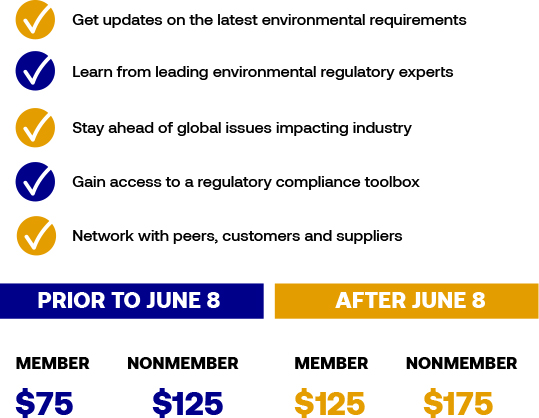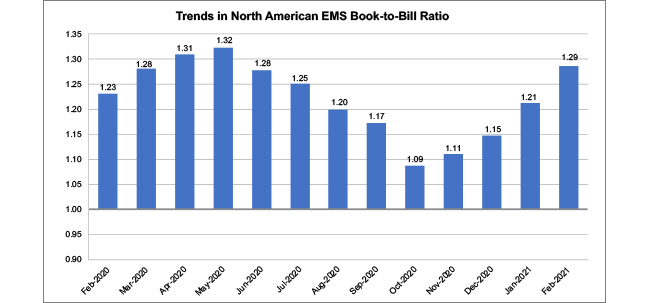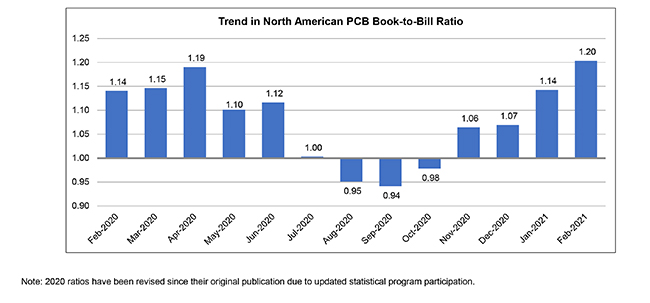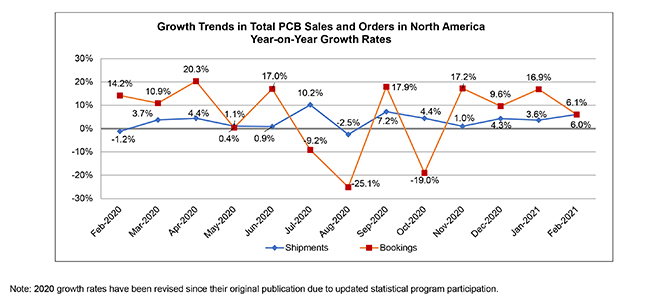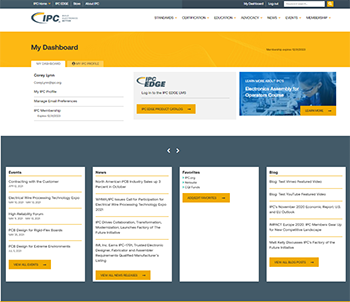IPC-CFX-2591 Qualified Product Listing Achieves Major Milestone
IPC announces a major milestone for the IPC-CFX-2591 Qualified Product Listing (QPL), with 10 pieces of equipment from five different companies now on the QPL. Models listed on the IPC-CFX-2591 QPL have all passed third-party virtual audit to verify the equipment is broadcasting and receiving mandatory IPC-CFX message sets outlined in IPC-2591, Version 1.3, as approved by the 2-17 Connected Factory Initiative Subcommittee.
The IPC-CFX-2591 QPL is a trusted source for EMS and OEM companies to make educated purchasing decisions for equipment that will meet their IPC-CFX implementation plans. The first 10 pieces of equipment on the IPC-CFX Qualified Product Listing page are as follows:
- Europlacer – Pick and Place (2)
- FlexLink – Laser Marker (2)
- KIC – Oven Profiler
- Koh Young – Solder Paste Inspection (SPI) and Automated Optical Inspection (AOI)
- Viscom – Automatic X-ray Inspection (AXI), AOI and SPI
Equipment qualification is available to all IPC-CFX Equipment Self-Validation System subscribers. The first of its kind, the IPC-CFX Equipment Self-Validation System is an open, cloud-based, standardized test bed for companies to use as a sandbox for IPC-CFX equipment implementations.
Once a company determines it has successfully completed the self-validation process to meet the mandatory IPC-CFX messages for their equipment, the company can submit the equipment for virtual qualification audit. Equipment that passes the audit will be automatically and permanently listed on the IPC-CFX-2591 QPL.
Each IPC-CFX-2591 QPL equipment profile indicates the machine type, model name, IPC-CFX version, company software version and the mandatory IPC-CFX messages sets the model can support. Equipment vendors can also choose to qualify their models for additional optional message sets to demonstrate a higher level of IPC-CFX support to their customers.
“What this means for EMS/ODM and OEM companies is that they have a confirmed source of equipment suppliers who can deliver verified equipment to support their transformation to a Smart Factory,” stated David Bergman, vice president, IPC standards and technology. Bergman further commented, “Manufacturers no longer need to guess which messages are available, they will simply know. To put your company – no matter the size – on the path to Industry 4.0, go with IPC-CFX.”
To learn more about the IPC-CFX-2591 QPL and subscriptions for the IPC-CFX Self-Validation System, contact Tamara Sites, CFX business development manager, at TamaraSites@ipc.org. For more information about IPC-CFX, visit www.ipc-cfx.org.

